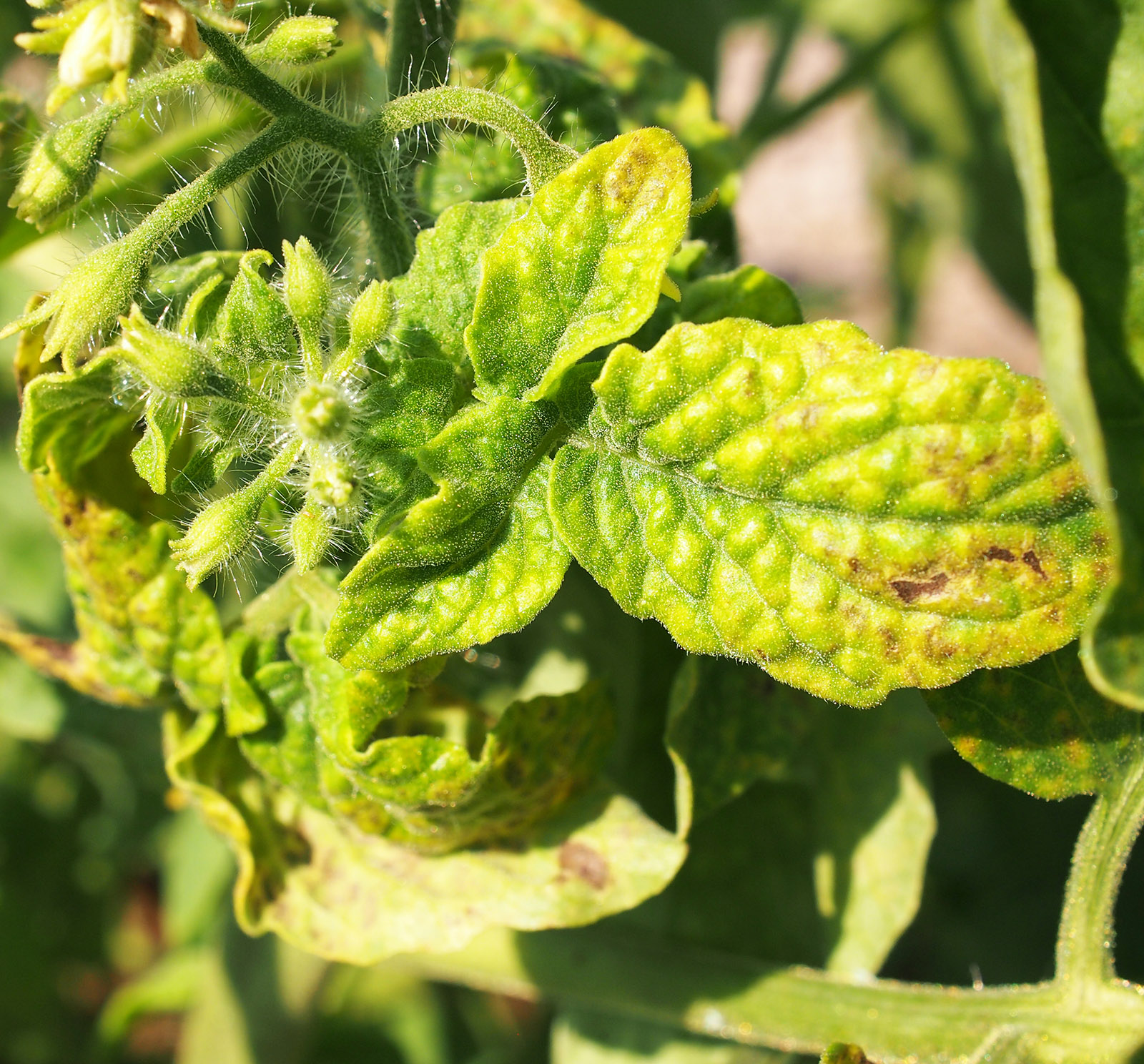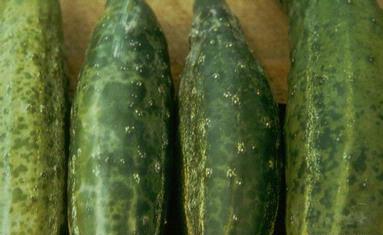Major Diseases in Protected Cultivation
A. Fungal Diseases
a. Powdery Mildew (Erysiphe spp.)
- White, powdery growth on leaves and stems.
- Thrives in high humidity with moderate temperatures.
- Management: Improve ventilation, avoid overhead watering; apply sulfur or triazole fungicides.

b. Downy Mildew (Peronospora spp.)
- Yellow patches on leaves, grayish fungal growth on the underside.
- Favored by high humidity and poor air circulation.
- Management: Maintain dry leaves, copper-based fungicides, and resistant varieties.

c. Botrytis Gray Mold (Botrytis cinerea)
- Gray mold on flowers, buds, and fruits.
- Overcrowded plants with high humidity are highly susceptible.
- Management: Remove infected tissue; apply iprodione or biofungicides.

d. Fusarium Wilt (Fusarium oxysporum)
- Causes yellowing, wilting, and stunted growth.
- Soil-borne, difficult to manage once established.
- Management: Resistant varieties, soil solarization, proper crop rotation.

e. Pythium and Phytophthora Root Rot
- Symptoms: Root decay, stunted plants, water-soaked lesions.
- Management: Ensure proper drainage, avoid overwatering, apply systemic fungicides (mefenoxam).

f. Other
- Damping-off (Pythium, Phytophthora, Rhizoctonia,Botrytis, Sclerotinia)
- Black root rot (Chalara elegans)
- Foot and root rots (Pythium)
- Foot and root rots (Rhizoctonia solani)
- Basal stem rot (Phytophthora capsici)
- Buckeye rot (Phytophthora nicotianae)
- Root rots (Fusarium)
- Fusarium oxysporum f. sp radicis lycopersici
- Verticillium wilt (Verticillium dahliae)
- Fusarium wilt (several specialized forms of Fusarium oxysporum)
- Black stem rot (Didymella bryoniae)
- Grey mould (Botrytis cinerea)
- Sclerotinia (Sclerotinia sclerotiorum)
- Tomato blight (Phytophthora infestans)
- Downy mildew (Pseudoperonospora cubensis)
- Powdery mildew of the Cucurbitacae (Podosphaera fusca)
- Powdery mildew of the Solanaceae (Leveillula taurica)
- Tomato alternaria canker (Alternaria dauci )
B. Bacterial Diseases
a. Bacterial Leaf Spot (Xanthomonas spp.)
- Small, dark, water-soaked lesions on leaves; leaf drop.
- Management: Sanitation, copper-based sprays, disease-free transplants.

b. Bacterial Wilt (Ralstonia solanacearum)
- Sudden wilting without yellowing initially.
- Soil-borne; difficult to control once established.
- Management: Remove infected plants, sterilize soil/substrate, crop rotation.

c. Other
- Tomato bacterial speck (Pseudomonas syringae pv.tomato)
- Tomato pith necrosis (Pseudomonas corrugata)
- Leaf spot (Xanthomonas campestris)
- Angular leaf spot of the Cucurbitacae (Pseudomonassyringae pv. lacrimans)
- Bean bacterial speck (Pseudomonas syringae pv.phaseolicola)
- Fruit scab (Xanthomonas campestris)
- Soft rots of stems, leaves and fruits (Erwiniacarotovora, Pseudomonas fluorescens)
C. Viral Diseases
a. Tomato Leaf Curl Virus
- Leaf curling, stunted growth; vectored by whiteflies.
- Management: Use virus-free transplants, control whitefly populations.

b. Cucumber Mosaic Virus (CMV)
- Mosaic leaf pattern, stunted fruits.
- Management: Remove infected plants, control aphid vectors, use resistant varieties.

Advantages of IPM
- Limited disruption of natural beneficial insects
- Few hazards to human health
- Minimal negative impact on non-target organisms
- Limited environmental damage
- Optimal preservation of natural and manage ecosystems
- Long-term reductions in pest control requirements
- Effective implementation operationally feasiblel Cost efficiency in short and long term